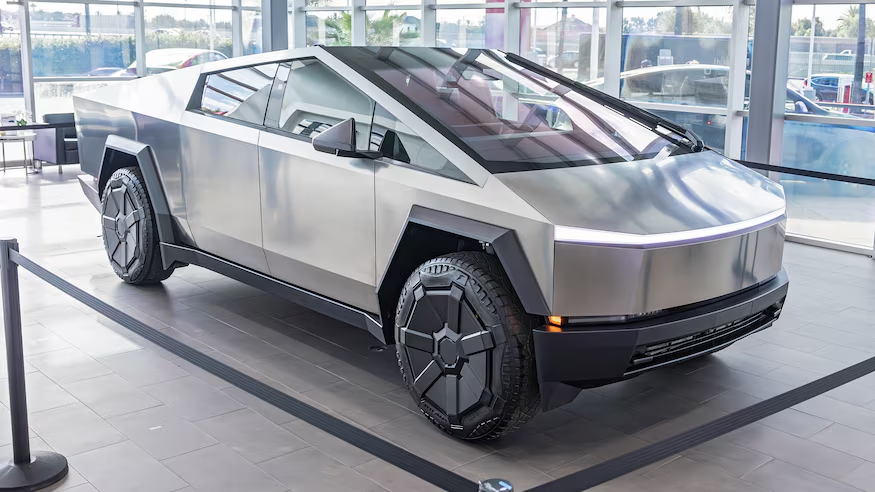Improve automotive customer experience and pull in more millennial buyers, improve customer experience and increase product sales. BY TONY DUPAQUIER
I am seeing more dealers put heavier emphasis on improving the automotive customer experience for their car buyers. One of the more controversial approaches (but one that I support) to improve customer experience is to institute a one-touch, hybrid sales/F&I process. That is, the salesperson both sells the dealership’s vehicles and offers his or her customers necessary F&I products.
Controversy over a hybrid position stems in some instances from not understanding how the process works, in others from resistance to eliminating an F&I manager and department. I think if more dealers better understand the hybrid sales process and how it can support their goals, will take this new direction.
I have developed and implemented a hybrid sales/F&I approach in dealership groups and single stores for several years now, originally at a one-price store but also at dealerships with traditional sales desks. I will be the first to tell you, it is not for everybody and certainly not for every type of dealership. A good determining factor is your primary customer base. If your dealership caters to a tech-savvy, Internet-educated, Gen Y customer base, then the one-touch approach has proved highly effective with these customers.
That is due to the volume of research that these customers perform prior to entering the dealership. We know from studies that customers spend upwards of 12 hours researching a car purchase prior to dealership contact. We also have learned that the number of dealerships visited continues to decrease, down to 1.2 stores before a purchase is made, according to some studies. In sum, many customers arrive with familiarity with every aspect of the purchase decision: The vehicle they want, available inventory, trade-in info, interest rates and even estimated payments. One of the few ways a dealership can still stand out is by offering a different kind of customer experience. The hybrid position can help accomplish this.
First, Identify Your No. 1 Goal
The first thing I ask any dealer or dealer group inquiring about a hybrid salesperson/F&I representative is, what are they hoping to gain? If the primary goal is to increase market share, give the customer a better purchase experience, or increase product sales and profit in the business office, then the hybrid position can be phenomenally helpful. However, if a dealership already runs great numbers in the business office but wants them to be still better, then this position may not be the best way to go.
Contrary to popular belief, a one-touch process does not eliminate the business manager’s responsibilities, although it does change their primary focus. That position would evolve into more of a director’s role for securing financing, building relationships with finance companies, cleaning up paperwork and maintaining contracts in transit. In addition to these responsibilities, monitoring the team and its training falls under the F&I chief.
Train Few People, Or Entire Teams
I often am asked, “Should I transition my entire sales team to be hybrids, or just a select group of people?” The answer is not that simple, because I have seen success both ways. Unlike with typical sales or F&I training, a hybrid process truly needs to be customized for the individual stores and their employees.
Regardless of the franchise, the type of presentations tools available or the F&I products being sold, an experienced or new person can come to an F&I school like mine and taught the duties of a successful business manager. The dealership would not have chosen that person to attend F&I school if there wasn’t something special about him or her. The screening has been done.
However, with transitioning to a hybrid process, that screening has not been done. I have developed evaluations to help determine who would and would not be successful in a hybrid position. While the evaluations are spot-on for the most part, in some instances they screened out people who would have performed well in a sales/F&I job. I have found that evaluating the team that will make the determinations before installing the process to be a highly effective step.
Transition Is Not Simple
Training the sales team to be successful in a hybrid process means training them as full-fledged business managers. This is not as simple as handing a salesperson product brochures and encouraging him to “Go get ‘em, tiger!” Hybrid reps must have a full understanding of the business office, from compliance to disclosure and everything in between. This is why an F&I training course is essential. A hybrid rep must be able not only to effectively sell and close the original car transaction but also to present the F&I products and disclose the contracts. Constant motoring of compliance is a must.
Who will manage a hybrid rep: The sales manager or F&I director/manager? Both of them? Who evaluates the hybrid rep and how he or she should allocate his time? The answers to those questions depend on the individual dealer. I have not seen a single favorite or best approach in use at a dealership.
Pros And Cons
The pros of a one-touch process include increased customer satisfaction, a greatly enhanced customer experience, in most cases expedited transaction times, and increased F&I product sales. The sales team members who become hybrids also benefit, with increased paychecks in most cases.
The chief con with using a sales/F&I hybrid is the difficulty in amount of investment in the team needed. It does take time for the program to become highly successful. Traditional and basic sales team training can get a salesperson quickly up the curve to become more effective at selling vehicles. It’s the same with a business manager who attends an F&I school; a dealership typically sees immediate positive results when he or she returns to the store.
However, it will likely take a few months after installing a one-touch process for everyone in the dealership to become comfortable with the process and the new rhythms. A traditional business manager may see 80 to 100 customers in a month, which means they are pushed to find their rhythm in an accelerated time period. A hybrid rep may sell only 12 to 20 vehicles in a month; in all fairness, the dealership needs to allow him or her time to develop.
Additionally, some follow-up observation, assessment and training are needed for this type of process. This is not “train him and leave him.” I have seen dealerships become 100 percent self-sufficient within a few months after implementing a hybrid process, but I also have seen dealerships need more than a year to get to that point. Regardless of the time or investment required to produce better overall results, I have yet to see a dealership or dealer group move away from hybrid, once installed properly.
I personally am a strong advocate of this type of process, because of the successes enjoyed in every dealership where I’ve helped install it. Going to a hybrid rep has several pros and a few cons. It boils down to what is the dealership’s goal and the commitment it will make to achieve it.








